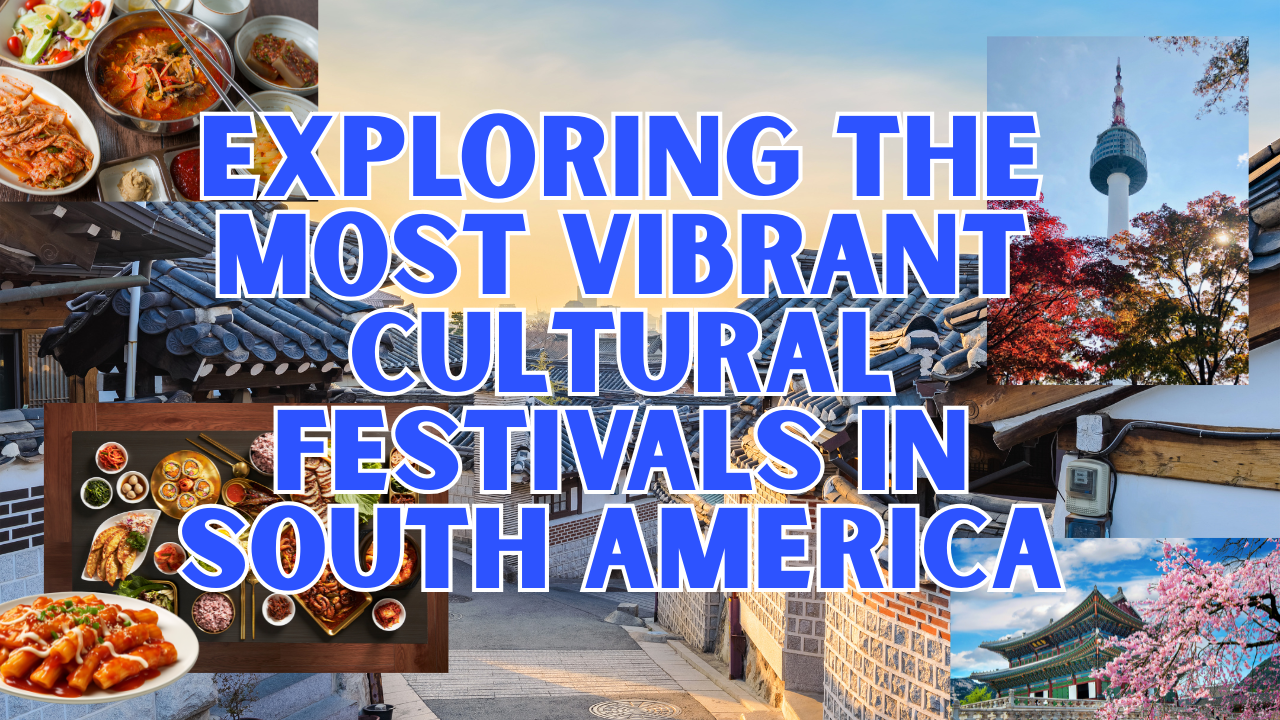Ever wondered why Cultural Festivals in South America is called the land of endless celebration? From breathtaking parades to ancient rituals and fiery dances, every corner of this continent has something that dazzles and delights. Let’s dive into some of the most vibrant cultural festivals that make South America an explosion of color, rhythm, and history.
Table of Contents
Brazil’s Unmatched Carnival Extravaganza
Rio Carnival: The World’s Biggest Party
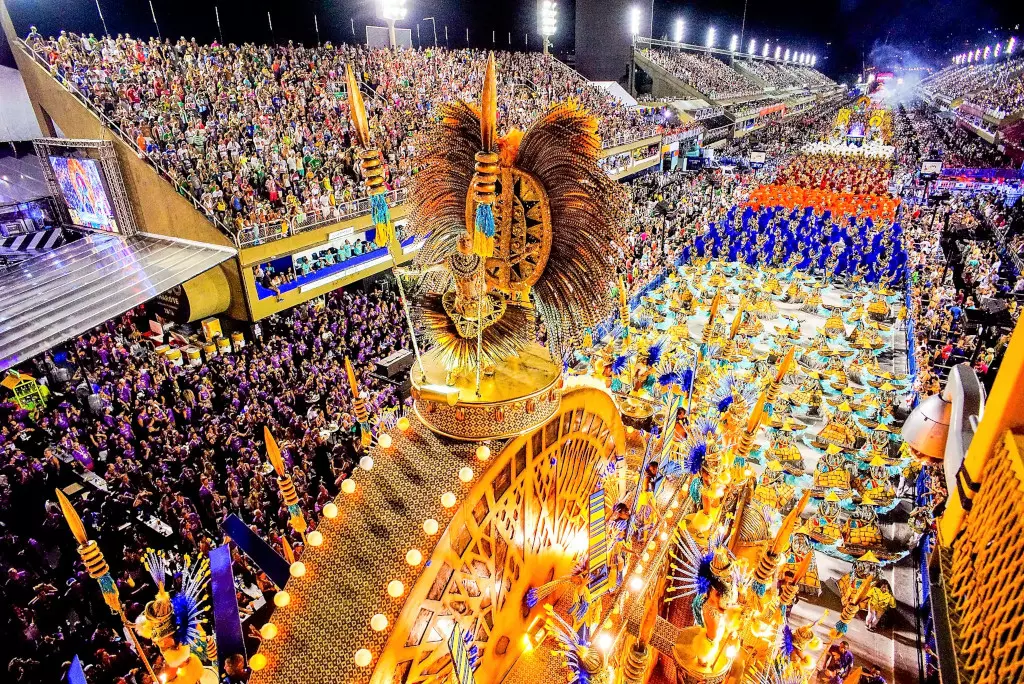
When it comes to festivals, Rio Carnival stands in a league of its own. Imagine millions of people dancing samba, stunning floats rolling through the Sambadrome, and a city alive with music 24/7. It’s not just a festival; it’s Brazil’s heartbeat.
Samba Schools & Street Blocos
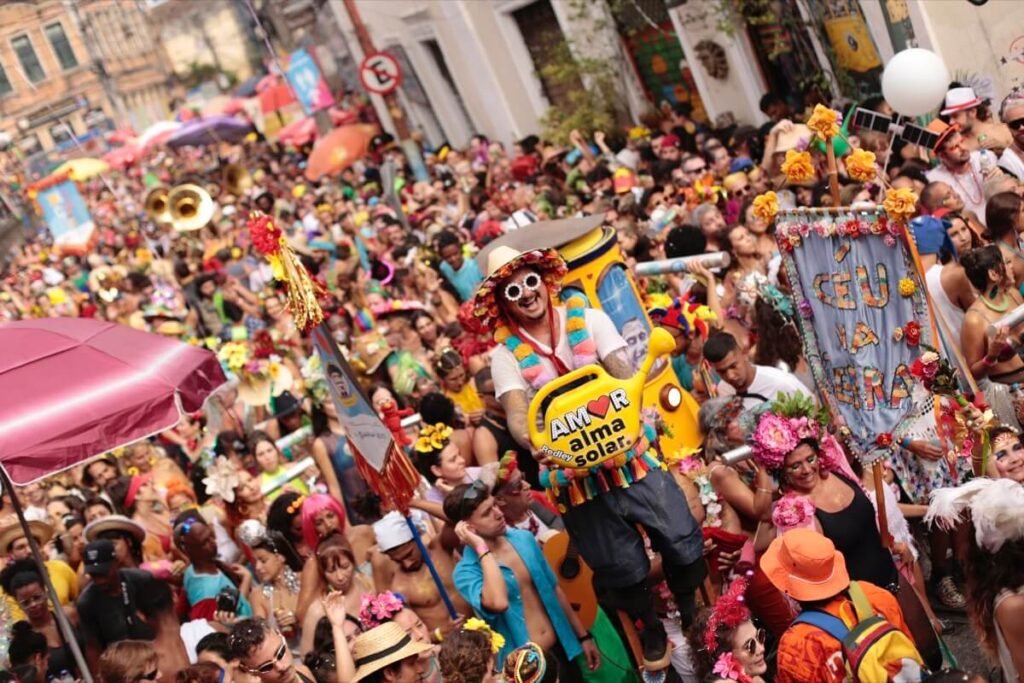
Samba schools practice all year to compete, showing off costumes that look like they belong in a fantasy movie.No obstante, no olvides los street blocos, donde cualquiera (incluso tú!) puede bailar junto a los residentes.
Tips for Experiencing Carnival Like a Local
- Book early – hotels fill up fast.
- Join a bloco rather than just watching.
- Respect local customs and keep your valuables safe.
Inti Raymi – The Festival of the Sun in Peru
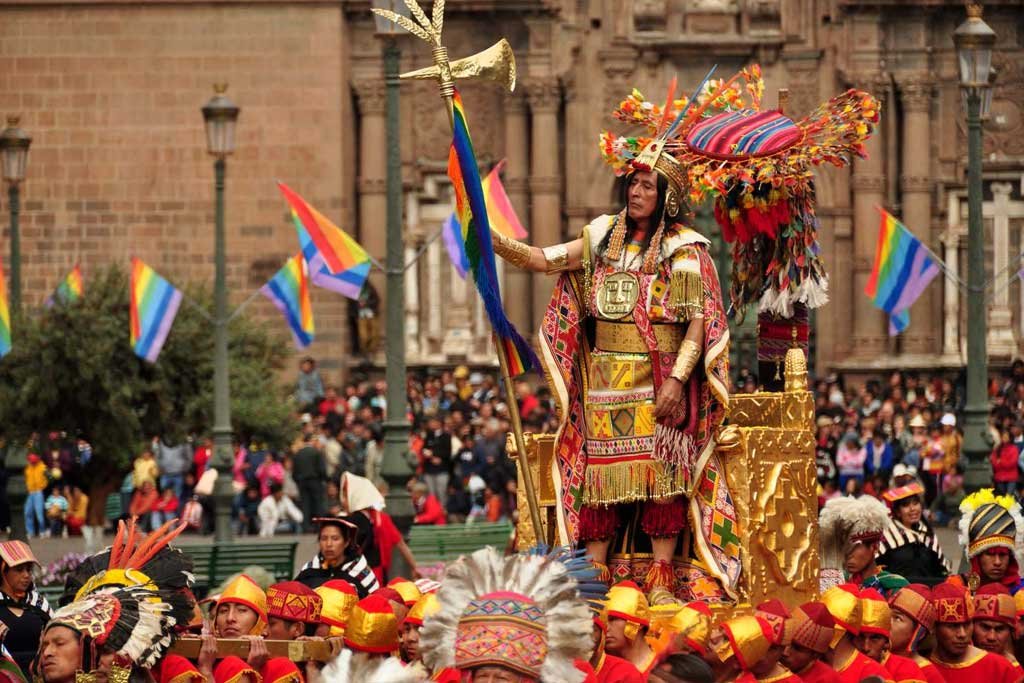
History and Origins
Inti Raymi, a celebration of the Incan sun god Inti, takes place in Cusco every June. It was brought back to life in the middle of the 20th century, having originated in the 15th century.
Modern Celebrations in Cusco
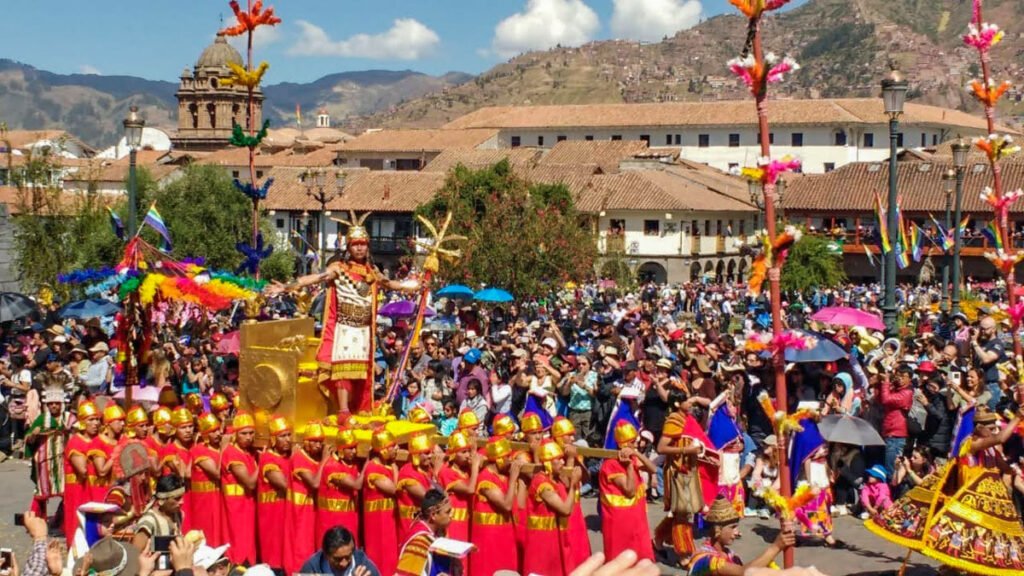
Actors in elaborate costumes reenact ancient rituals at Sacsayhuamán fortress, while music and dance fill the city streets.
Cultural Significance
It’s more than a show; it’s a way for Peruvians to stay connected to their Incan heritage.
Argentina’s Tango Festival & World Cup
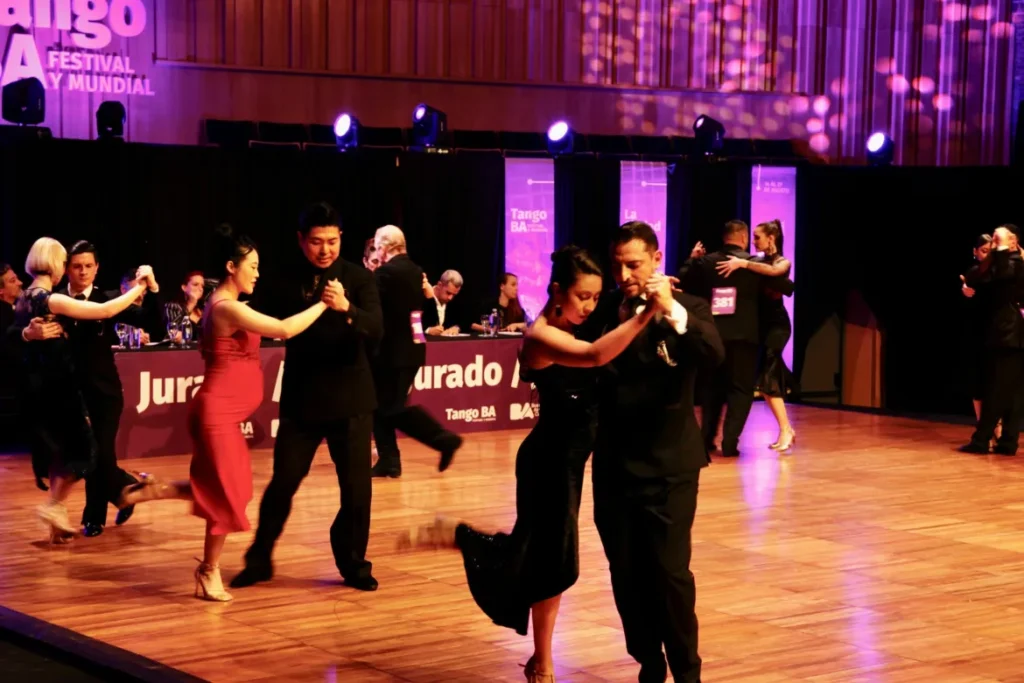
Dance Meets Competition
Buenos Aires becomes the world’s tango capital every August. Every continent sends dancers to showcase their skills.
Workshops, Shows, and Street Performances
Even beginners can join workshops or catch free open-air performances that spill passion into every street corner.
Why Tango Holds Argentina’s Heart
Tango isn’t just a dance – it’s Argentina’s soul, telling stories of love, loss, and life.
Fiesta de la Vendimia – Chile’s Grape Harvest Festival
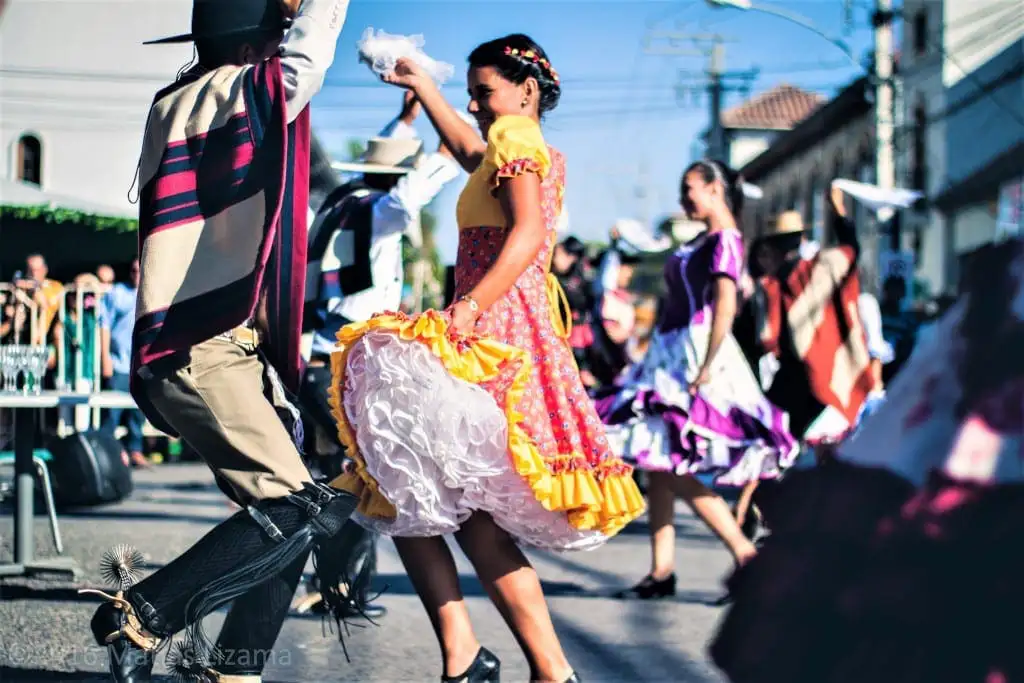
Wine, Dance, and Tradition
In March, the wine regions of Chile celebrate the grape harvest with folk music, dancing, and – of course – lots of wine.
Best Regions to Celebrate
Maule, Colchagua, and Casablanca Valley are among the top spots.
Must-Try Local Wines
Don’t miss tasting Carmenere – Chile’s signature grape.
Oruro Carnival – Bolivia’s UNESCO Gem

Origins and Mythical Themes
Dating back centuries, Oruro Carnival is a blend of indigenous beliefs and Catholic tradition.
Devil Dance and Folklore
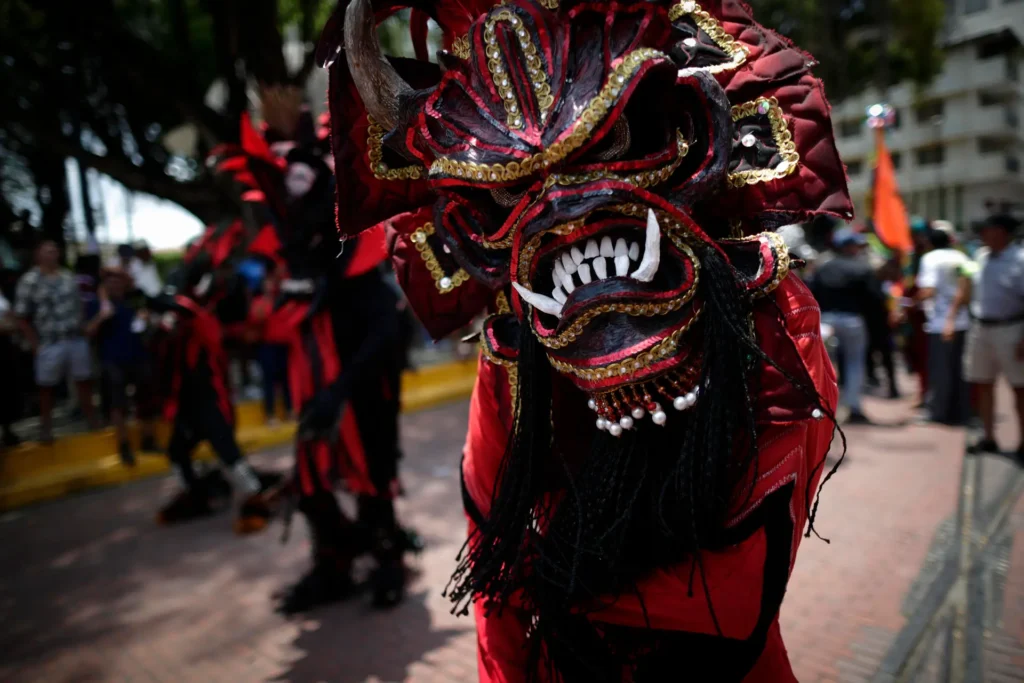
The highlight? The Diablada, or Devil Dance, where performers wear ornate masks to tell ancient stories of good vs. evil.
Practical Travel Tips
Altitude can be tough – arrive a few days early to adjust.
Colombia’s Barranquilla Carnival

Vibrant Costumes and Caribbean Rhythms
Think feathers, sequins, and infectious cumbia beats.
Four Days of Celebration
Parades, dances, and theater performances fill the city with life.
UNESCO Recognition
It’s listed as a Masterpiece of the Oral and Intangible Heritage of Humanity.
Paraguay’s Nanduti Festival
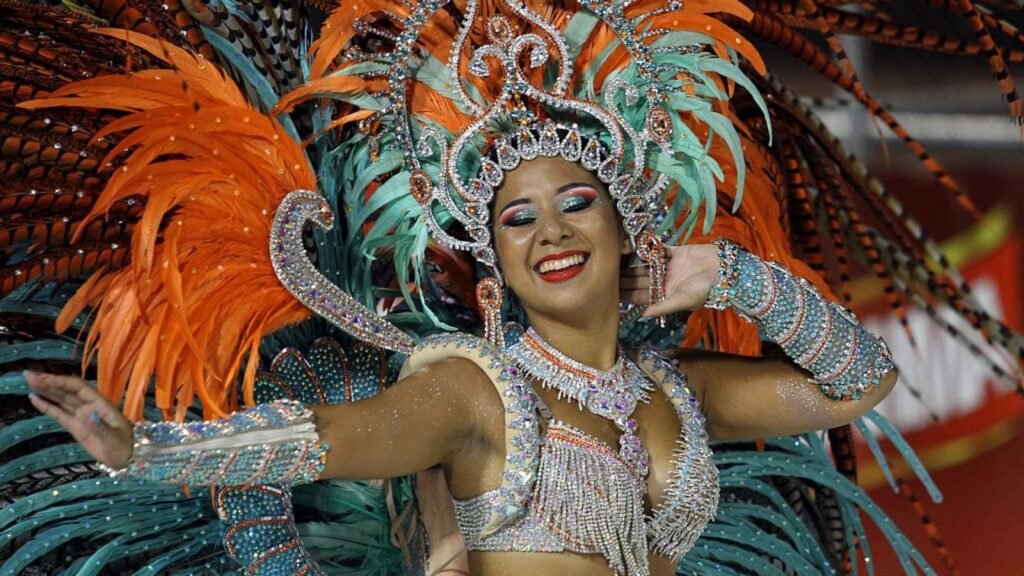
Celebrating Lace and Craft
This festival in Itauguá showcases Nanduti, a delicate spiderweb lace made by local artisans.
Workshops and Exhibitions
Visitors can learn to make lace or shop unique handmade pieces.
The Meaning of Nanduti
“Nanduti” means “spiderweb” in Guarani, symbolizing patience and skill.
Ecuador’s La Diablada de Píllaro
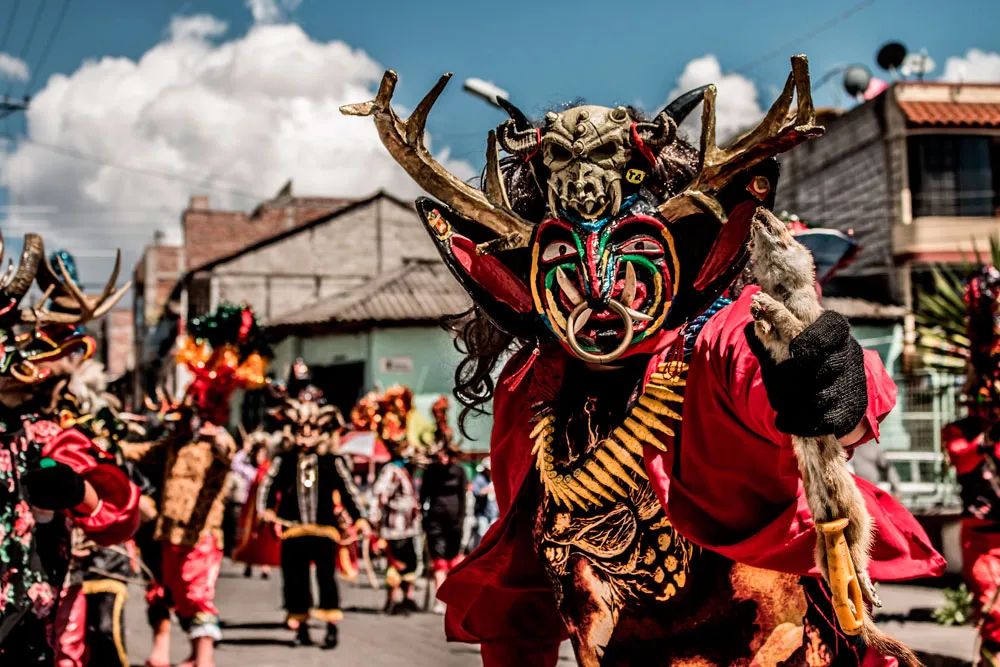
The Devil’s Dance
To make fun of Spanish colonists, residents dress as devils and dance through the streets every January.
Masks and Mythology
Each mask is a handmade masterpiece telling stories of rebellion and resilience.
Participating Respectfully
Watch, cheer, and photograph – but always ask before joining dances.
Uruguay’s Fiesta de la Patria Gaucha
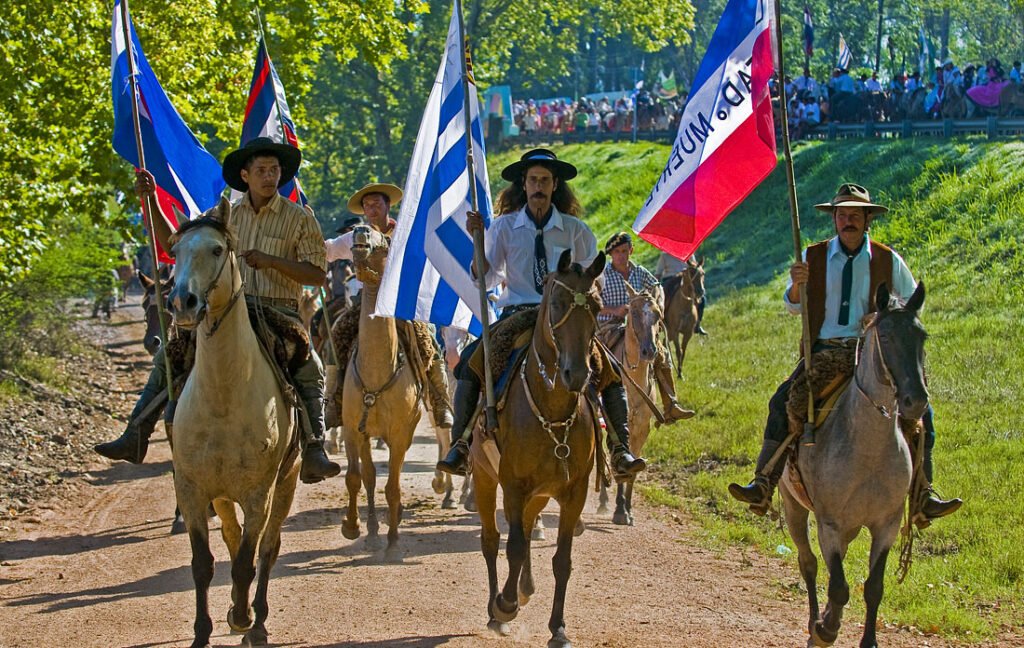
Honoring Cowboy Culture
Held in Tacuarembó, this festival celebrates Uruguay’s cowboys – the gauchos.
Rodeos and Folk Music
Expect cattle herding contests, campfire stories, and guitar music under starlit skies.
Why Gauchos Matter
Gauchos are national icons, symbolizing freedom and rural life.
Venezuela’s Dancing Devils of Yare
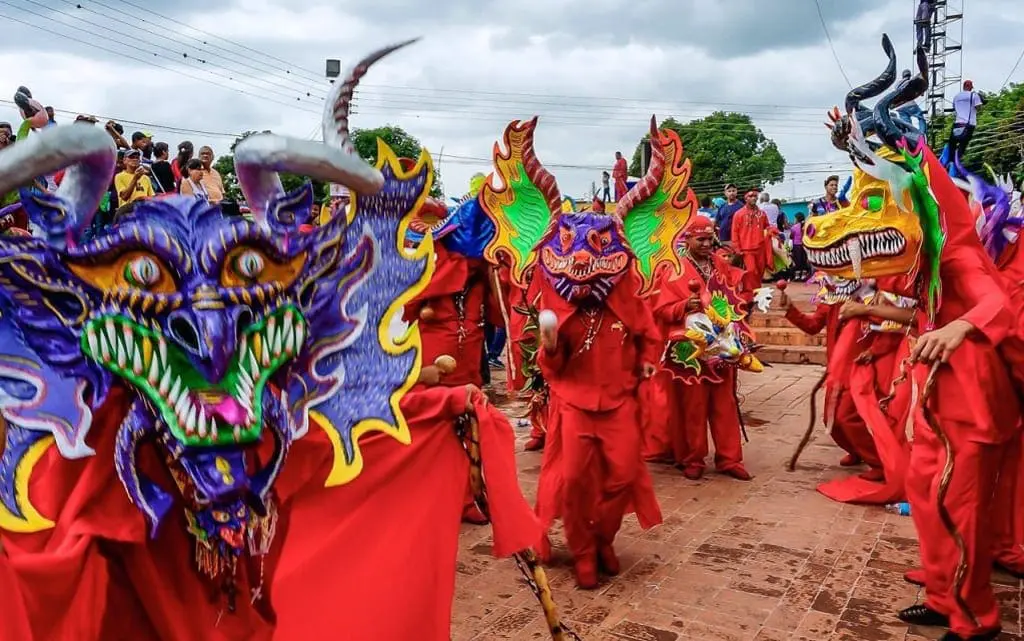
Religion Meets Ritual
Every Corpus Christi, masked devils dance to atone for sins and show submission to Christ.
Costume Secrets
Masks are passed down generations, each devil having its unique look.
When to Visit
The festival takes place 60 days after Easter.
Tips for Traveling to South American Festivals
Safety and Local Etiquette
- Keep belongings secure.
- Dress appropriately for local customs.
- Always be respectful – you’re witnessing living culture.
Packing Essentials
- Comfortable shoes.
- A camera (but ask before taking photos).
- Sun protection and a reusable water bottle.
Also visit:
Secret Treasures: Discovering Hidden Gems in Italy
Hidden Gems in Italy: Exploring Beyond the Tourist Trail
Hidden Gems in Italy That Will Take Your Breath Away
The Best Beaches in Florida for Nightlife and Entertainment
The Best Beaches in Florida for Beach Volleyball
Conclusion
South America’s festivals aren’t just events – they’re living stories woven from history, faith, and sheer human joy. Whether it’s dancing devils in Venezuela, tango in Argentina, or samba in Brazil, each festival invites you to step into a world bursting with color, tradition, and life. So why not plan your next adventure around one of these spectacular celebrations?

